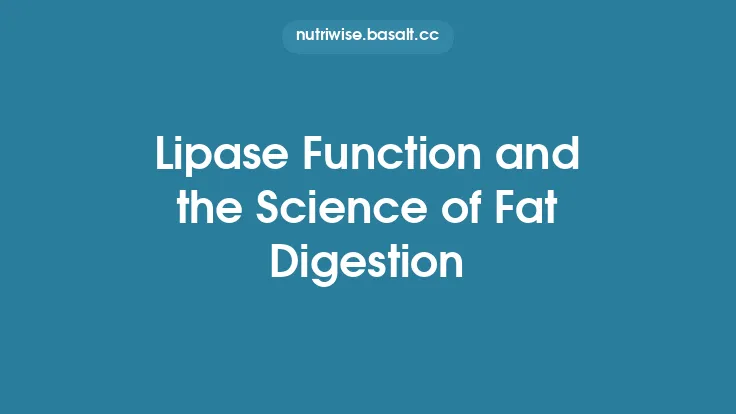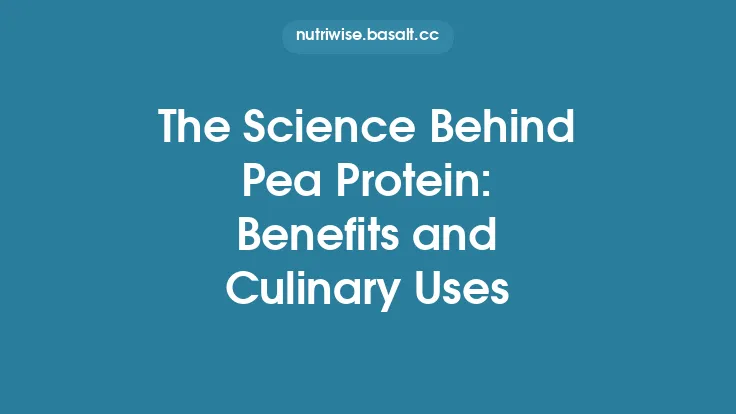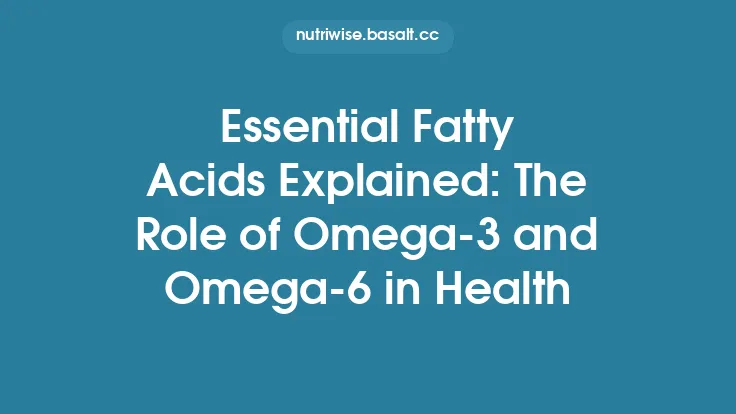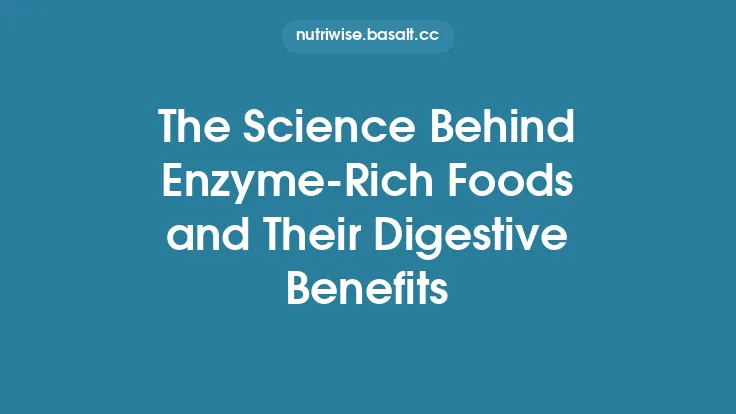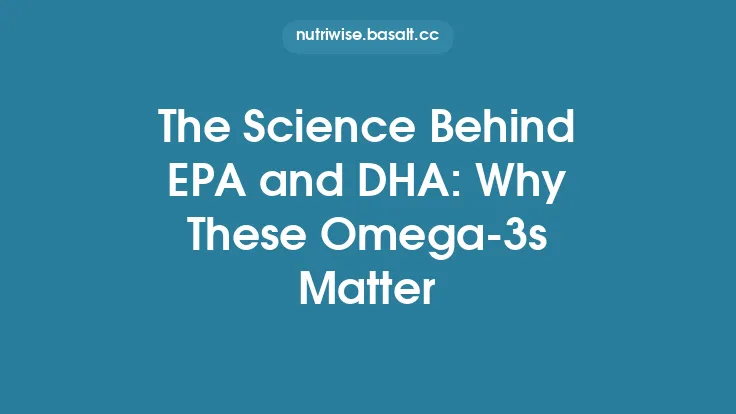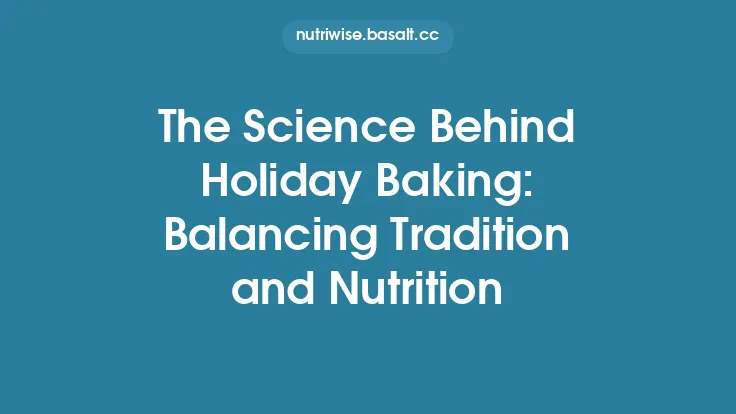Protein digestion begins the moment a protein‑rich food enters the mouth, but the bulk of the work occurs downstream in the stomach and small intestine. Understanding the step‑by‑step journey—from the mechanical breakdown of food to the molecular transport of amino acids across the intestinal wall—helps clarify why protein is such an efficient source of essential nutrients and how the body maximizes its use.
The Mechanical Prelude: Chewing and Saliva
Even though saliva contains only trace amounts of proteolytic enzymes (primarily lingual lipase, which has little effect on proteins), the act of chewing serves two critical purposes:
- Particle Size Reduction – Smaller food fragments increase the surface area exposed to gastric and pancreatic enzymes, accelerating chemical hydrolysis.
- Mixing with Saliva – Moistening the bolus facilitates smooth passage through the esophagus and initiates the formation of a cohesive bolus that can be efficiently propelled into the stomach.
Gastric Phase: Acidic Unfolding and Pepsin Action
Once the bolus reaches the stomach, several coordinated events transform intact protein molecules into smaller peptide fragments:
- Gastric Acid Secretion – Parietal cells release hydrochloric acid (HCl), lowering the gastric lumen pH to 1.5–3.5. This acidic environment denatures proteins, unraveling their tertiary and secondary structures and exposing peptide bonds that were previously hidden within folded domains.
- Pepsinogen Activation – Chief cells secrete the inactive zymogen pepsinogen. In the acidic milieu, pepsinogen autocatalytically cleaves to form active pepsin, a protease that preferentially cleaves peptide bonds adjacent to aromatic amino acids (phenylalanine, tyrosine, tryptophan) and leucine.
- Proteolysis in the Stomach – Pepsin hydrolyzes proteins into polypeptides ranging from 3 to 20 amino acids in length (oligopeptides). The rate of gastric proteolysis is modulated by factors such as meal composition (fat slows gastric emptying) and the presence of antacids or proton‑pump inhibitors, which raise gastric pH and diminish pepsin activity.
Small Intestine: The Enzymatic Powerhouse
When the partially digested chyme empties into the duodenum, the pH rises to around 6–7, creating an optimal environment for pancreatic enzymes. The pancreas releases a cocktail of proteases, each with distinct substrate specificities:
| Enzyme | Zymogen | Primary Cleavage Preference |
|---|---|---|
| Trypsin | Trypsinogen | Lysine and arginine residues |
| Chymotrypsin | Chymotrypsinogen | Aromatic residues (Phe, Tyr, Trp) |
| Carboxypeptidase A | – | C‑terminal aromatic or aliphatic residues |
| Carboxypeptidase B | – | C‑terminal basic residues |
| Elastase | – | Small neutral residues (Ala, Gly, Ser) |
| Procarboxypeptidase | – | Broad C‑terminal cleavage |
Activation Cascade – Enterokinase (also called enteropeptidase), a brush‑border enzyme on the duodenal epithelium, cleaves trypsinogen to active trypsin. Trypsin then auto‑activates additional trypsinogen molecules and activates other pancreatic zymogens (chymotrypsinogen, proelastase, procarboxypeptidases). This cascade ensures rapid amplification of proteolytic capacity.
Brush‑Border Peptidases – Even after pancreatic action, many peptides remain 2–3 amino acids long. The microvilli of enterocytes express membrane‑bound peptidases (aminopeptidases, dipeptidases, and tripeptidases) that cleave these residual peptides into free amino acids or di‑/tripeptides ready for transport.
Absorption Mechanisms: From Lumen to Bloodstream
The small intestine employs three principal transport systems to move amino acids and small peptides across the apical membrane of enterocytes:
- Sodium‑Dependent Neutral Amino Acid Transporters (SNATs) – Mediate uptake of neutral amino acids (e.g., alanine, serine, glutamine) via co‑transport with Na⁺. The electrochemical gradient for Na⁺, maintained by the Na⁺/K⁺‑ATPase on the basolateral side, drives this process.
- L-Type Amino Acid Transporters (LATs) – Function as antiporters, exchanging intracellular neutral amino acids for extracellular ones. LAT1 and LAT2 are especially important for large neutral amino acids such as leucine, phenylalanine, and methionine.
- Peptide Transporter 1 (PEPT1) – A proton‑coupled symporter that imports di‑ and tripeptides using the inward H⁺ gradient (higher luminal H⁺ concentration). PEPT1 is highly efficient, allowing the intestine to absorb intact small peptides, which are subsequently hydrolyzed intracellularly by cytosolic peptidases.
Basolateral Efflux – Once inside the enterocyte, free amino acids exit across the basolateral membrane via facilitated diffusion or secondary active transporters (e.g., LAT4, y⁺LAT1). The amino acids then enter the portal circulation and travel to the liver.
Hepatic First‑Pass Metabolism
The liver acts as a central hub for amino acid handling:
- Amino Acid Pool Regulation – The liver balances the influx of dietary amino acids with endogenous protein turnover, converting excess amino acids into glucose (via gluconeogenesis) or ketone bodies (via ketogenesis) when necessary.
- Urea Cycle – Amino groups removed during deamination are incorporated into urea, which is excreted by the kidneys. This detoxification step prevents ammonia accumulation.
- Synthesis of Plasma Proteins – Essential plasma proteins (albumin, clotting factors, transport proteins) are synthesized from the absorbed amino acids, underscoring the systemic importance of efficient digestion and absorption.
Factors Influencing Digestion and Absorption Efficiency
| Factor | Effect on Digestion/Absorption |
|---|---|
| Age | Gastric acid secretion declines with age, potentially reducing pepsin activation and protein denaturation. |
| Gastrointestinal Disorders | Conditions such as pancreatitis, celiac disease, or inflammatory bowel disease can impair enzyme secretion or mucosal integrity, lowering absorption. |
| Medication | Proton‑pump inhibitors raise gastric pH, diminishing pepsin activity; certain antibiotics can alter gut microbiota that indirectly affect proteolysis. |
| Meal Composition | High fiber can slow gastric emptying; concurrent fat can delay chyme transit, affecting timing of enzyme exposure. |
| Genetic Variants | Polymorphisms in transporters (e.g., PEPT1) may alter peptide uptake efficiency. |
The Role of the Gut Microbiota
While the majority of protein digestion occurs before reaching the colon, undigested protein fragments that escape absorption become substrates for colonic bacteria. Fermentation of these residues produces metabolites such as short‑chain fatty acids (SCFAs), ammonia, phenols, and indoles. In a balanced microbiome, these by‑products are largely benign or even beneficial (e.g., SCFAs supporting colonocyte health). However, excessive protein reaching the colon—often due to low digestibility or high intake—can shift microbial metabolism toward proteolytic pathways that generate potentially harmful compounds. This underscores the importance of efficient upper‑GI digestion for overall health.
Practical Takeaways for Optimizing Protein Digestion
- Chew Thoroughly – Mechanical breakdown enhances enzymatic access.
- Balance Meal Timing – Allow sufficient time between large protein meals to prevent overwhelming gastric capacity.
- Consider Food Form – Cooking denatures proteins, making them more accessible to pepsin and pancreatic enzymes. However, over‑cooking can create cross‑links that reduce digestibility.
- Mind Acid‑Suppressing Medications – If you regularly use proton‑pump inhibitors, discuss with a healthcare professional whether supplemental digestive enzymes might be beneficial.
- Support Pancreatic Health – Adequate intake of micronutrients (e.g., zinc, selenium) supports pancreatic enzyme synthesis.
Summary
Protein digestion is a coordinated, multi‑stage process that transforms complex macromolecules into absorbable amino acids and small peptides. Starting with mechanical breakdown and acid‑mediated denaturation in the stomach, the cascade proceeds through a sophisticated network of pancreatic proteases and brush‑border peptidases in the small intestine. Specialized transporters then ferry these nutrients across the intestinal epithelium, delivering them to the liver for distribution, synthesis, and metabolic processing. Understanding each step provides insight into why protein is a uniquely efficient macronutrient and highlights the physiological factors that can modulate its bioavailability. By appreciating the underlying science, individuals can make informed choices that support optimal digestion, absorption, and overall metabolic health.
